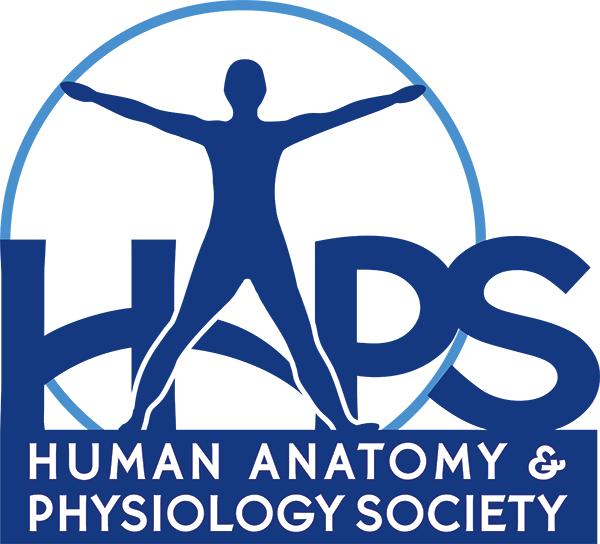HAPS Web 14- The Histology Challenge
The HAPS Histology challenge, a fantastic benefit of HAPS membership, was a the subject in an article on page 23 of the HAPS-EDucator’s Winter 2015 edition. The abstract of the article states: (The Histology Challenge) presents actual patient cases, in the form of photomicrographs of biopsy…
